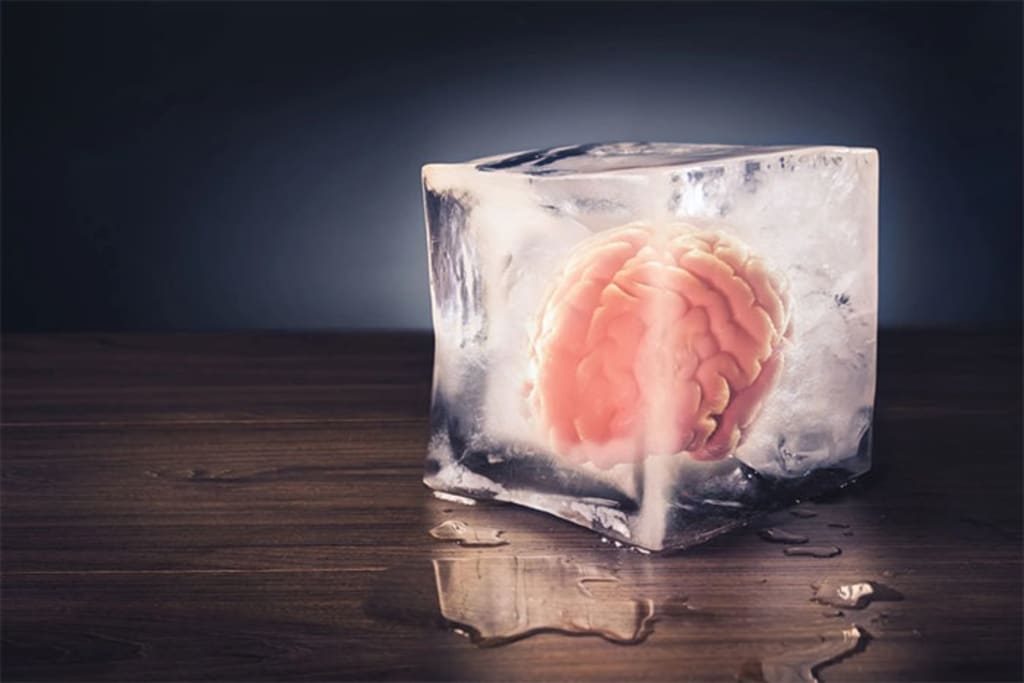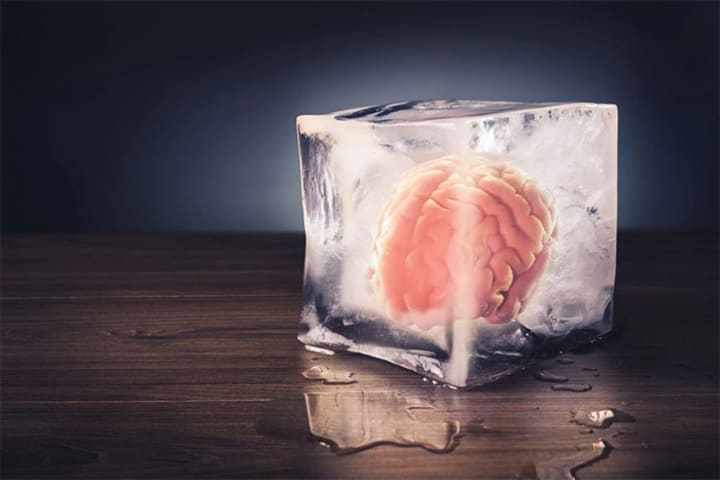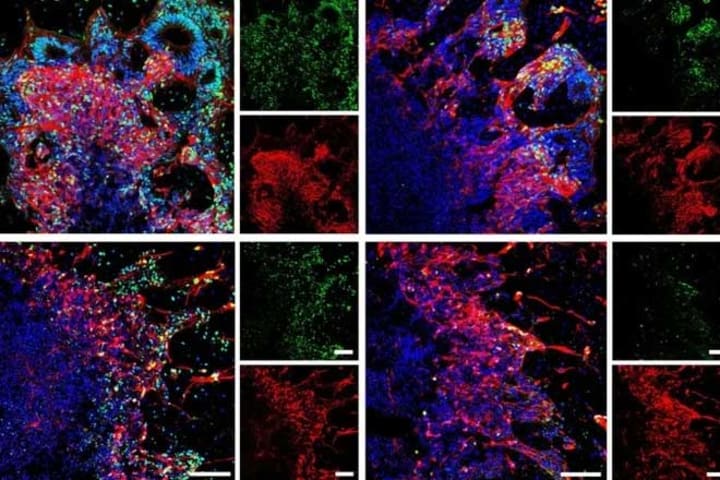Successfully "thawing" a frozen human brain for the first time
Scientists have finally figured out how to freeze the human brain, then “thaw” it while still maintaining normal function .

Scientists have finally figured out how to freeze the human brain, then “thaw” it while still maintaining normal function .
The breakthrough was made by a team led by Zhi Cheng Shao at Fudan University in Shanghai, China. Their new discovery could revolutionize the field of neurological disease research.

Frozen brain tissue was successfully revived for the first time. (Photo: Adobe Stock).
Normally, brain tissue will not survive freezing or thawing. This becomes a major barrier in medical research. To change this, the research team used human embryonic stem cells to grow organoids ( clusters of cells that can grow and proliferate in culture) in 3 weeks.
This allows neurons and neural stem cells to grow. Stem cells can become different types of brain cells with different functions. Then, scientists placed these organic substances - which have an average diameter of 4 mm - into various chemical compounds such as sugar, antifreeze, etc. This process aimed to determine which compounds were which. can help keep human brain tissue frozen and still growing after thawing.
After preserving these organoids in liquid nitrogen for at least 24 hours, the team thawed them and looked for dead cells or monitored the growth of neurons over the next two weeks.
Based on cell death and growth rates, the team selected the most promising compounds, testing different combinations in freeze-thaw experiments on the new organoids.
The most successful combination includes methylcellulose, ethylene glycol, DMSO and Y27632, known as MEDY . Scientists think it blocks cell-killing factors, allowing tissues to freeze and thaw without problem.
To test the effectiveness of MEDY, the research team conducted a series of experiments on brain organoids of various ages, from 28 to more than 100 days old.
They found that the thawed organic matter remained nearly identical in shape, growth and function to the unfrozen organic matter, even after being frozen in the MEDY compound for 18 months. Similar results were observed on frozen human brain tissue in different brain regions.

Thawed brain tissues were visualized by immunofluorescence staining (MDHQ). (Image: Weiwei Xue et al.).
Finally, the researchers took 3-millimeter blocks of brain tissue from a 9-month-old girl with epilepsy and placed them in MEDY, then froze and thawed them. The brain tissue maintained its pre-freezing structure and remained active in lab culture for at least 2 weeks after thawing.
A breakthrough in freezing human brain tissue could help improve research on brain development in the laboratory, according to researchers from the University of Surrey and the University of Birmingham in the UK. health.
João Pedro Magalhães at the University of Birmingham said he was impressed that the team's method successfully prevented cell death and preserved their function. “We clearly understand brain cells are fragile and sensitive to stress ,” he said.
Although this method still requires more research and the use of larger tissues, many are already predicting that the eventual result will be the successful freezing of entire human brains.
Some scientists even envision a future where terminally ill patients or astronauts traveling to distant star systems could have their brains cryopreserved. MEDY is “a small step” toward that goal.
Normally, brain tissue will not survive freezing or thawing. This becomes a major barrier in medical research. To change this, the research team used human embryonic stem cells to grow organoids ( clusters of cells that can grow and proliferate in culture) in 3 weeks.
This allows neurons and neural stem cells to grow. Stem cells can become different types of brain cells with different functions. Then, scientists placed these organic substances - which have an average diameter of 4 mm - into various chemical compounds such as sugar, antifreeze, etc. This process aimed to determine which compounds were which. can help keep human brain tissue frozen and still growing after thawing.
About the Creator
Ken Daklak
Telling stories my heart needs to tell <3 life is a journey, not a competition
If you like what you read, feel free to leave a tip,I would love some feedback
https://s.shopee.vn/pa9mXcwE?share_channel_code=8
Enjoyed the story? Support the Creator.
Subscribe for free to receive all their stories in your feed. You could also pledge your support or give them a one-off tip, letting them know you appreciate their work.






Comments
There are no comments for this story
Be the first to respond and start the conversation.